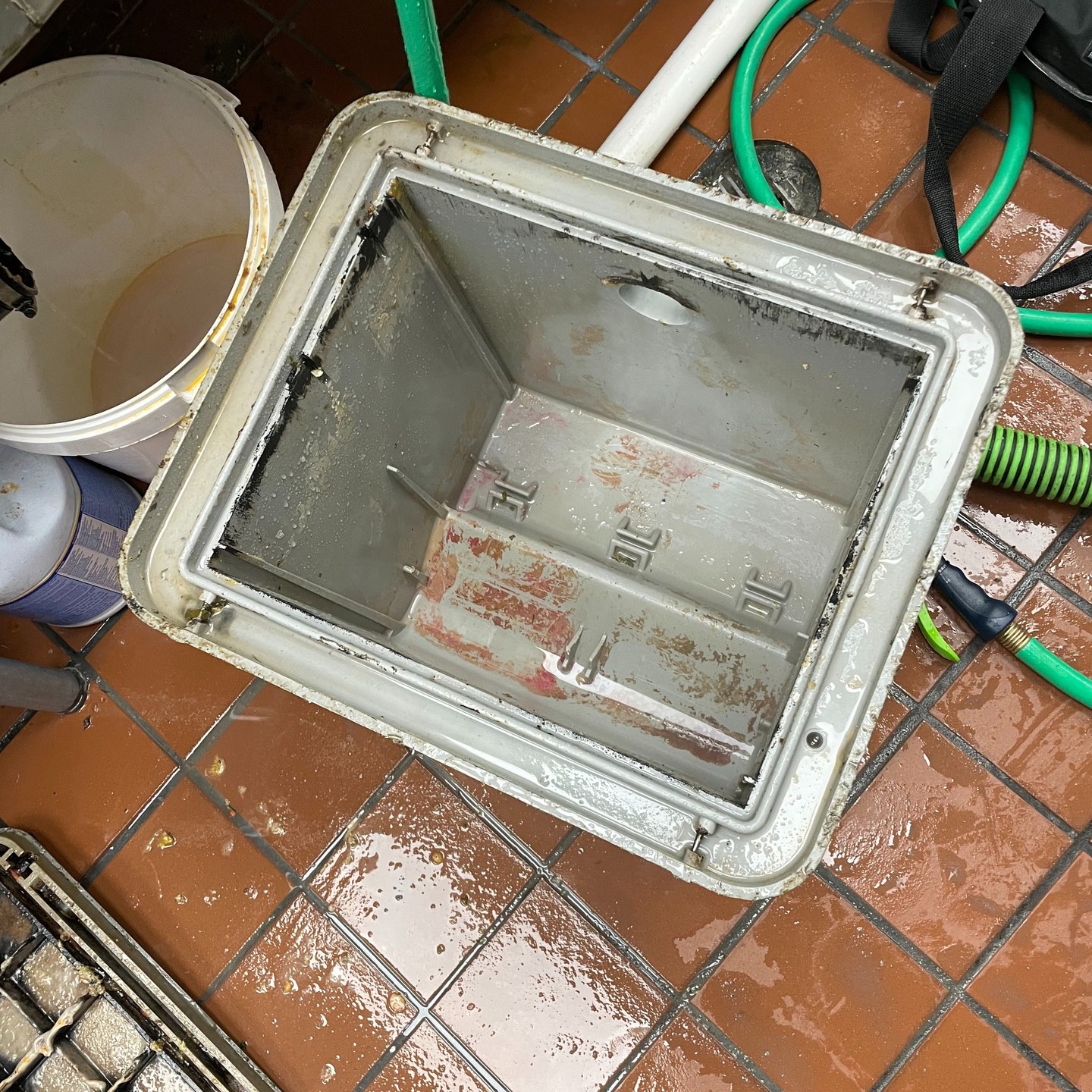Key points
• Maintenance Frequency: Regular inspections and pumping should be scheduled according to usage, typically every 30-45 days for grease traps to prevent blockages and overflows.
• Proper Disposal: Dispose of grease and solids correctly and avoid flushing non-biodegradable items down the drain to ensure the efficient operation of the grease trap, reducing the risk of backups and damage.
• Professional Services: Employ licensed professionals for cleaning and maintenance tasks to ensure that the system is handled correctly, and to guarantee that local regulations and standards are met, thus prolonging the life of the system and preventing environmental contamination.
Contents
- 1 Key points
- 2 Definition of Grease Trap
- 3 Importance of Maintenance for Functionality and Longevity
- 4 Overview of How Grease Traps Work in Conjunction with Septic Tanks
- 5 The Role of Grease Traps in Waste Management
- 6 Types of Grease Traps
- 7 Various Grease Trap Technologies
- 8 Regular Cleaning and Pumping Schedules
- 9 Best Practices for Efficient Grease Trap Function
- 10 Identifying and Addressing Common Issues
- 11 Maintenance of System
- 12 Diagnosing Common Grease Trap Issues
- 13 Understanding Regulations Surrounding Grease Traps
- 14 Best Practices for Environmental Protection
- 15 Legal Requirements to Maintenance Practices
- 16 Innovations in Grease Trap Technology
- 17 Advancements and Improved Maintenance Outcomes
- 18 Frequently Asked Questions (FAQ)
Definition of Grease Trap
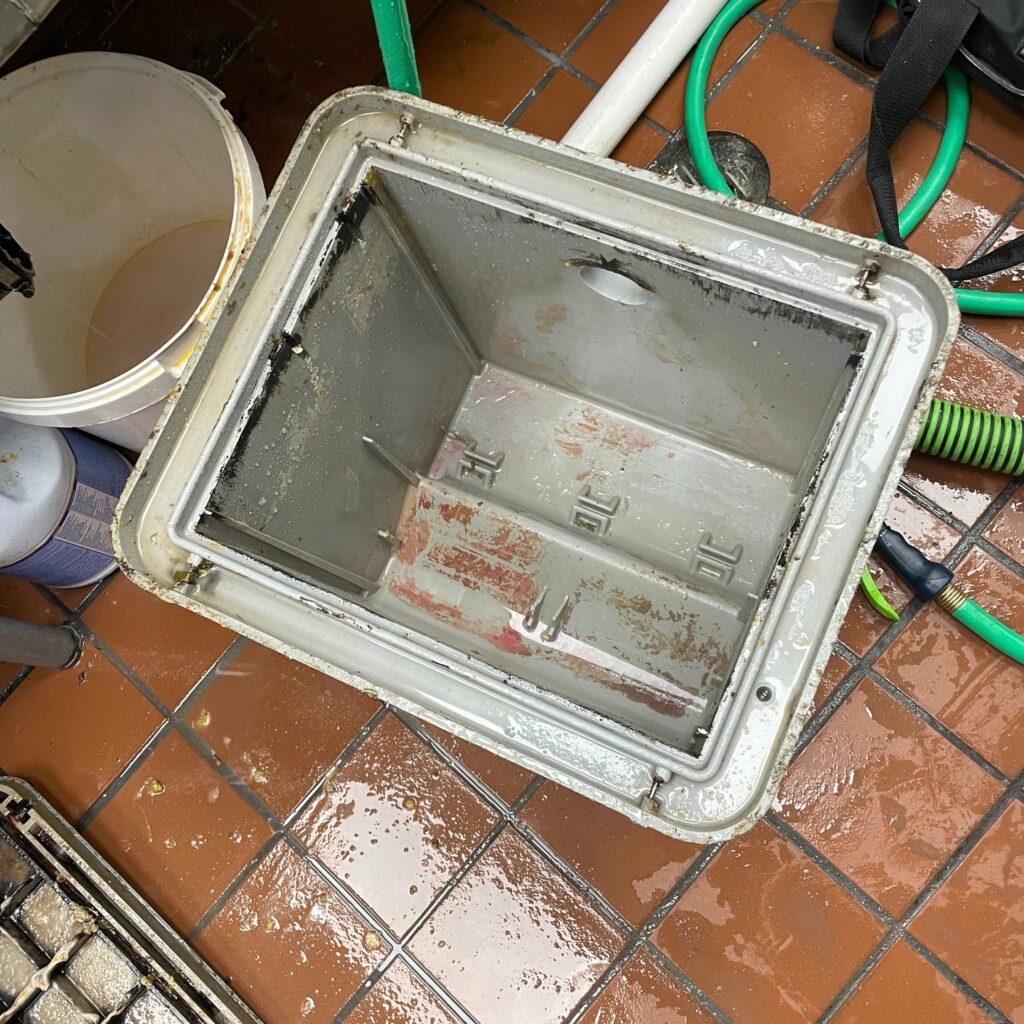
At its core, a grease trap is a plumbing device—a kind of guardian—that captures, or rather, intercepts said FOG before they enter wastewater disposal systems.
Importance of Maintenance for Functionality and Longevity
Maintaining these systems ain’t just important; it’s downright essential. Without regular check-ups and clean-outs, FOG (Fats, Oils and Grease) can accumulate to the point where blockages occur, causing everything from unpleasant odors to potential health hazards—not to mention costly repairs. So keeping this systems in tip-top shape not only saves money but also protects water quality.
Overview of How Grease Traps Work in Conjunction with Septic Tanks
Grease traps take the frontline defense against FOG by capturing them before they enter your septic system. The FOG stays put while clearer water flows out towards the septic tank. Over at the tank’s end, solids settle down and undergo decomposition thanks to resident bacteria doing their bit for Mother Nature. This tag-team effort ensures that cleaner effluent heads out into the drain field, thereby minimizing environmental impact.
Managing fats, oils, and grease in waste systems is a sticky situation, but grease traps play a crucial part in this process. Essentially, they snag the grease before it infiltrates the water treatment facilities or septic systems, which can prevent a whole lot of messy problems. The gist is to capture these substances and hold them back from mucking up the works or causing environmental issues.
The Role of Grease Traps in Waste Management
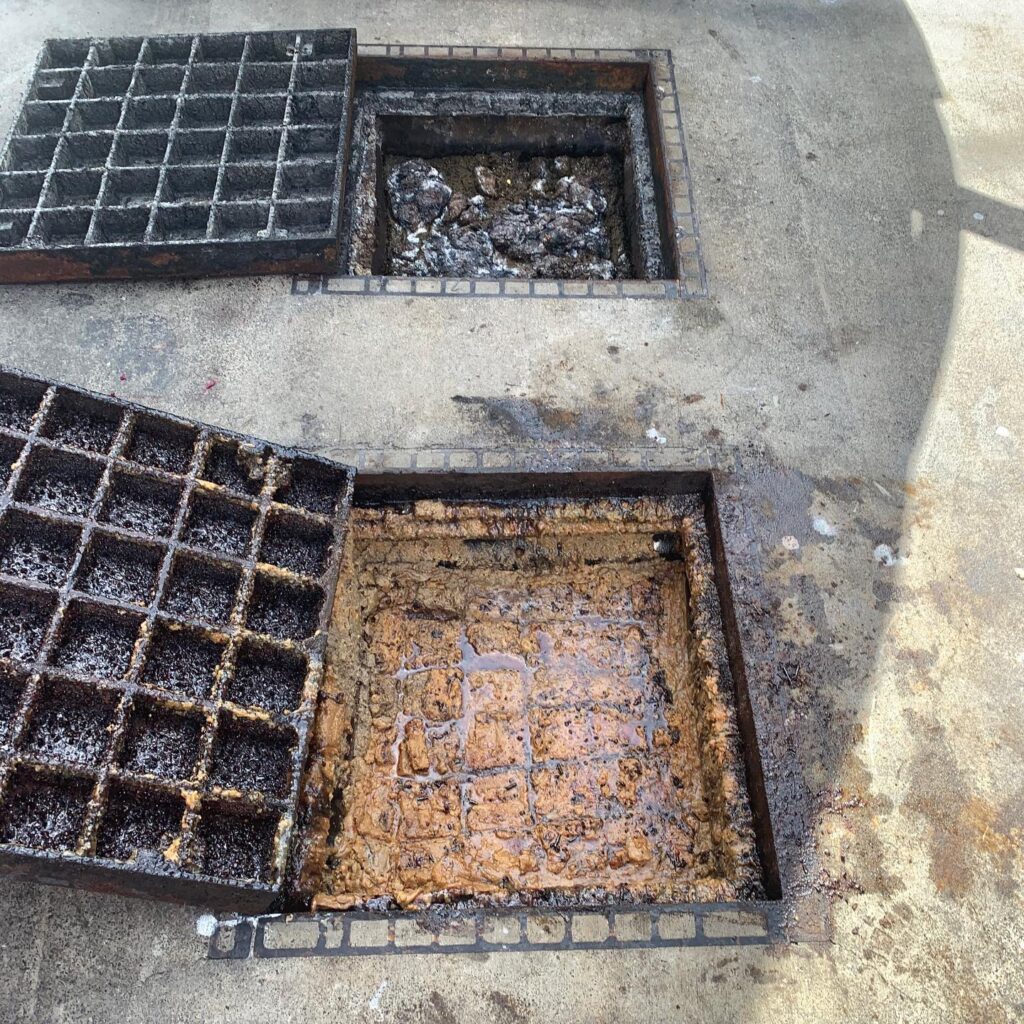
So, what’s the big deal with grease in waste management? Well, without getting into smelly details, grease can seriously gum up water treatment systems if it’s not caught early on. That’s where grease traps come in – they’re like goalies for your pipes, stopping fats and oils from scoring an unwanted goal down the line. By reducing blockages and backups, these devices maintain smoother operation of plumbing systems and help ensure compliance with local regulations. They’re not just handy – they’re practically heroes in the maintenance world!
Types of Grease Traps
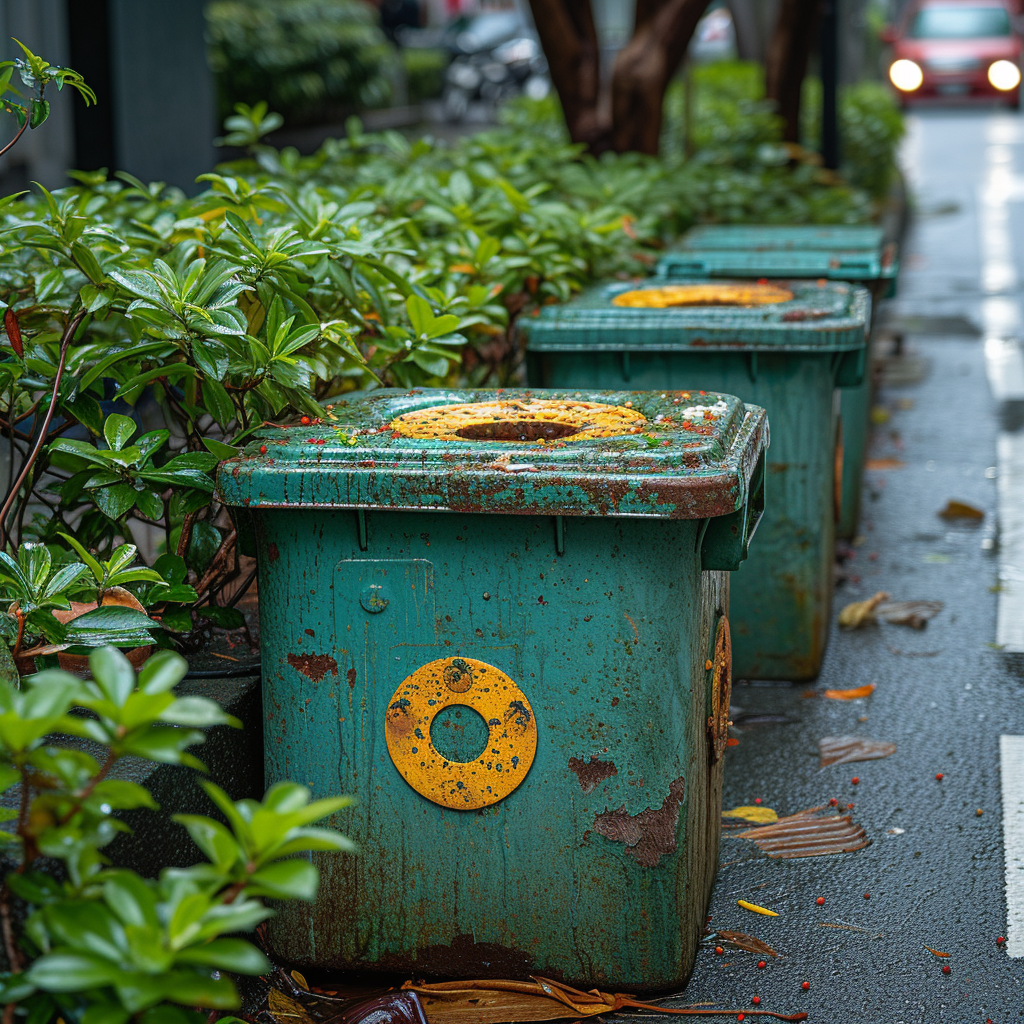
You’ll find there are a couple of different players when it comes to types of grease traps – each with their own special moves:
Passive Hydro-Mechanical Grease Traps
First off the bench are passive hydro-mechanical grease traps. These units rely on good old gravity to separate out fats, oils, and grease from wastewater. They’re fairly simple devices without any fancy bells and whistles but do require regular cleaning by hand to keep performing at their best.
Automatic Grease Removal Units
On the flip side, if you’ve got a bit more money to spend, automatic grease removal units are the cutting-edge alternative. As their name suggests, they automate the grime-fighting process by periodically skimming off accumulated grease all by themselves! While these gadgets might save you time on maintenance, bear in mind they’re usually pricier upfront.
Various Grease Trap Technologies
Despite their differences, various grease trap technologies share common threads – like they all aim to intercept greasy villains before they cause chaos downstream. Passive or automatic, large or small, every type is united by this core purpose: keeping things clean and flowing right along. It’s kind of like how different superheroes have unique powers but are all fighting for justice in their own way.
Regular Cleaning and Pumping Schedules
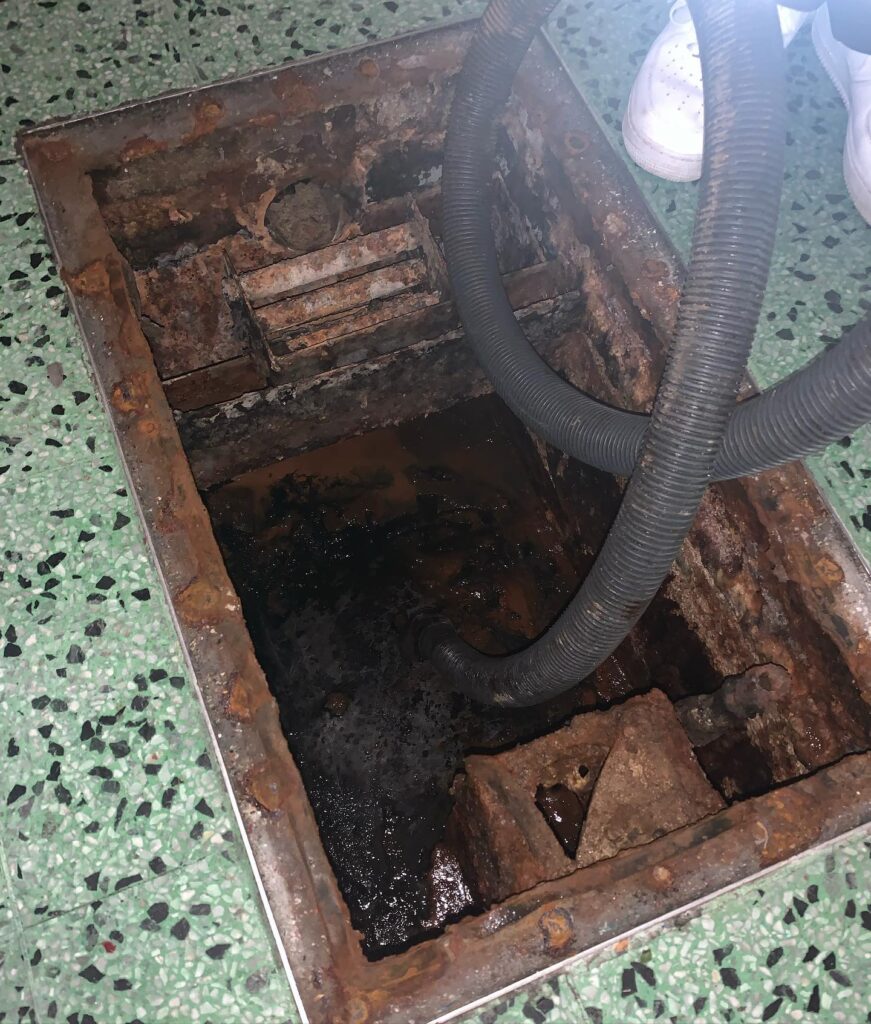
Caring for your grease trap isn’t rocket science, but it does require sticking to a schedule.
You don’t have to mark your calendar in red, but regular servicing – we’re talking at intervals recommended by professionals based on the size of your establishment and the amount of grease you’re sending through the pipes – is crucial.
This usual routine involves scooping out accumulated fats, oils, and greases (FOG) before they turn into a plumbing nightmare.
Best Practices for Efficient Grease Trap Function
To keep that grease trap working like a charm, there are a couple of golden rules you’ll want to follow. First off, let’s talk kitchen habits; make sure food scraps and grease aren’t making their way down your sink.
Use strainers and scrape plates thoroughly before washing – it’s really as simple as pie. Also, avoid pouring boiling water into sinks regularly; this can melt trapped fats, leading them to solidify further down the line, which is asking for trouble.
Identifying and Addressing Common Issues
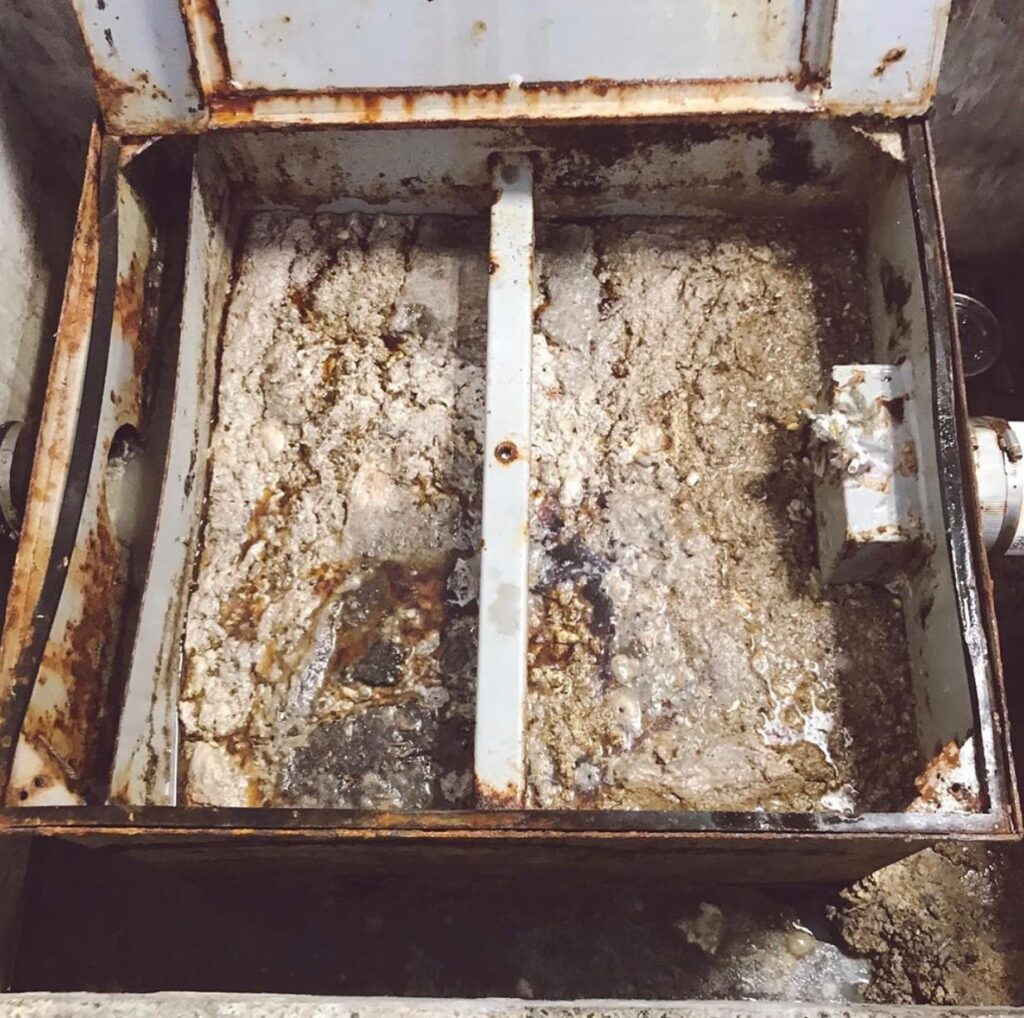
Now and then, things go sideways with grease traps; it’s part of the territory. Keep an eye out for foul odors or poor drainage, which are telltale signs something’s up. Slow draining means there’s probably a blockage; if it’s kicking up a stink, well, that’s an SOS to get it cleaned ASAP. Being proactive here will save you from bigger headaches down the road.
Maintenance of System
Maintaining your grease trap isn’t just busy work – it’s vitally linked to how well the system performs overall. Think about it: if you’re keeping everything neat and tidy, regularly removing build-ups and making sure nothing improper gets washed down there, you’re ensuring you won’t be face-to-face with any major disruptions. It all adds up – or rather doesn’t add up to blockages and costly repairs!
The Interconnection Between Upkeep Duties and System Functionality
The tasks you undertake for maintenance have a direct link to your system’s health. Every action—from repair to routine checks—plays a part in safeguarding against system failures or backups. Here’s how you can ensure your maintenance steps are effective:
- Keep records: Track when you’ve performed service tasks or detected issues.
- Stay ahead: Don’t wait for warning signs; practice preventative methods regularly.
- Educate everyone: Make sure all house members know what shouldn’t go down the drains.
Addressing small problems promptly can stop them from escalating into larger ones that can disrupt your daily life and hurt your wallet.
Executing consistent maintenance tasks, like inspections and pumpings, while avoiding actions that stress your septic system are key strategies for longevity and smooth functioning. Variety is the spice of life, so vary those maintenance activities rather than relying solely on one approach! Maintaining diverse practices will contribute enormously to a healthy system.
Diagnosing Common Grease Trap Issues

Maintaining a grease trap and septic system might seem daunting, but it’s not. When issues pop up, it can be a real headache to figure out what’s gone awry; however, with a bit of know-how, you’ll be solving problems in no time at all. First things first, sniff around for any strange odors—they’re often the telltale sign that something’s amiss with your system. Slow drainage is another red flag that shouldn’t be ignored; it usually means there’s a blockage worth looking into.
Understanding Regulations Surrounding Grease Traps
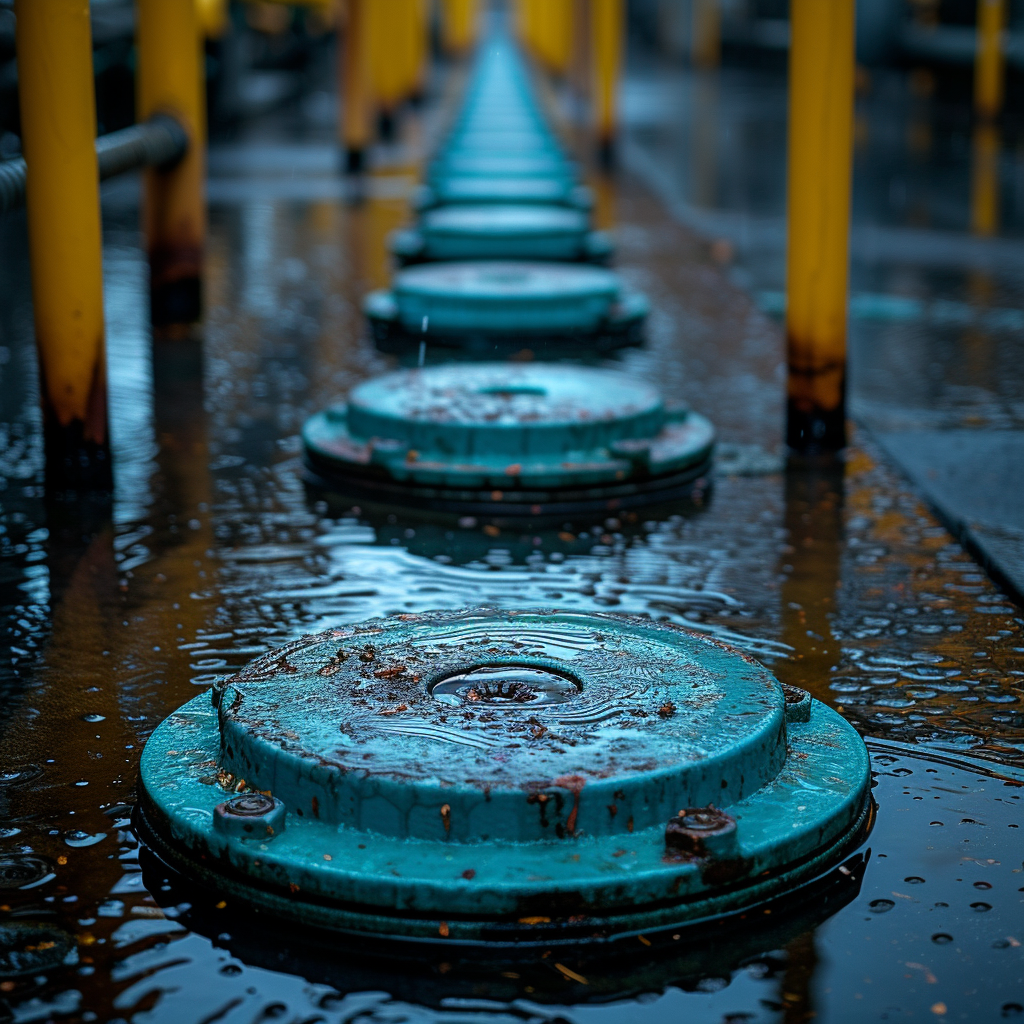
Getting to grips with the local laws and regulations for maintaining grease traps is more than just a good idea—it’s absolutely essential. A broad array of local, state, and federal ordinances are in place to ensure this waste management systems don’t become public health nightmares.
They stipulate everything from installation standards, what you can or cannot flush, to how often you need to pump out the sludge. As a little heads-up, keeping an eye on the Environmental Protection Agency (EPA) guidelines alongside your specific regional rules is smart so you won’t get caught off guard.
Best Practices for Environmental Protection

You know the saying, “better safe than sorry”? Well, it rings especially true when it comes to safeguarding our environment. Abiding by a few best practices can go a long way. For starters, regular inspections are a must—these help nip any potential problems in the bud before they balloon into bigger issues.
And let’s not forget routine clean-ups; they aren’t just about compliance but also about efficiency and preventing nasty backups. Also keep in mind that dumping oil or harsh chemicals down the drain is a big no-no since they could muck up your system and harm local ecosystems.
Legal Requirements to Maintenance Practices
The jargon found in regulatory texts and their connection to maintenance tasks can’t be overlooked.
Essentially, there’s a direct correlation between what those legal texts say and what you need to do to keep your grease trap tip-top shape.
The required maintenance chores championed by legislation mirror methods that fend off contamination and pollution while ensuring longevity for your systems—and who wouldn’t want their investment to last longer? Put simply, decipher this legalese, and it’ll be smooth sailing from thereon.
Innovations in Grease Trap Technology
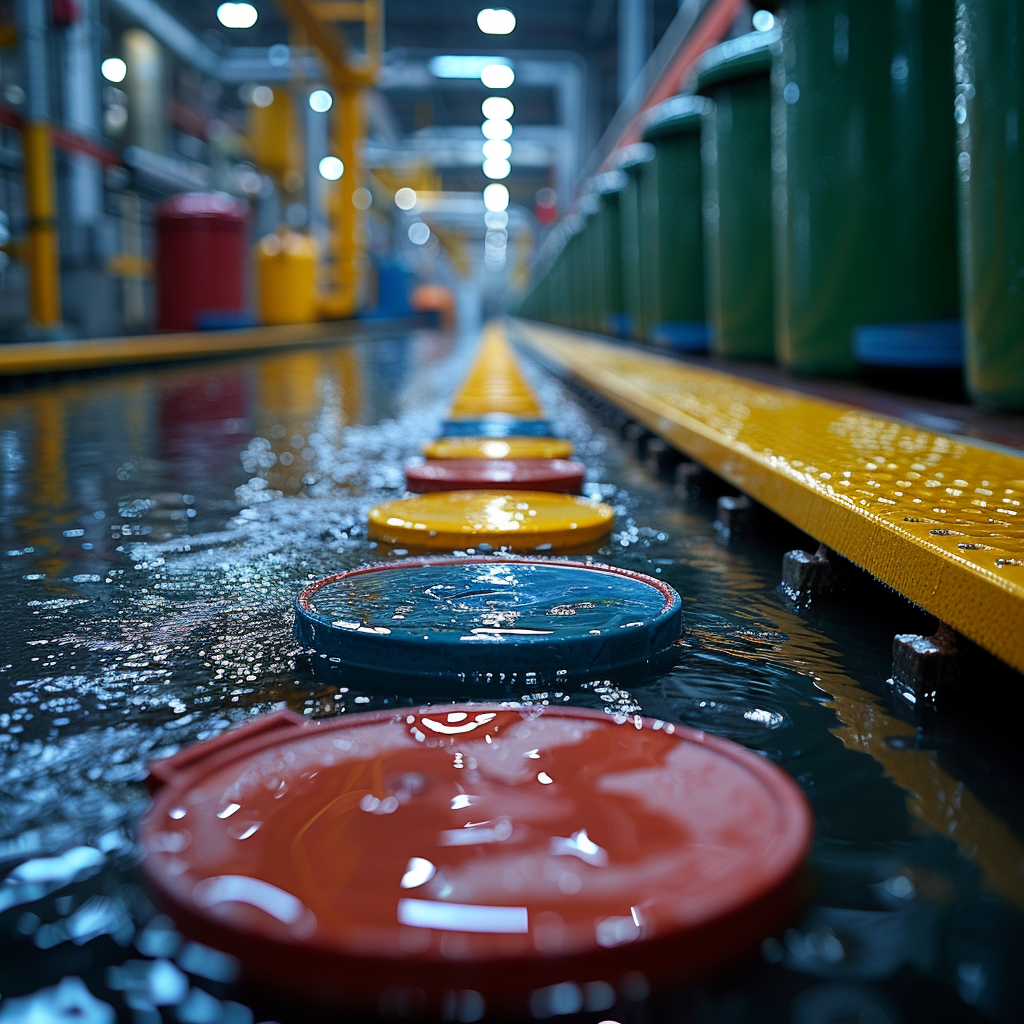
In recent years, we’ve witnessed a game-changing wave of innovations transform grease trap technology. No longer just a simple container, the modern grease trap is now a testament to efficiency and ingenuity.
Manufacturers have stepped it up a notch with automatic systems that not only trap but also remove fats, oils, and grease (FOG) without a hassle. These smart traps come equipped with FOG-level sensors and IoT connectivity, enabling real-time monitoring and alerts.
Most importantly, they’re designed to be eco-friendlier—helping minimize the environmental impact like never before.
Advancements and Improved Maintenance Outcomes
When it comes down to advancements in grease traps, there’s more than meets the eye. At their core lies a key similarity: both set out to enhance maintenance outcomes drastically. Innovations lead to smarter management and operations, mitigating risks of blockages or overflows through automation and sensory tech.
Plus, these improvements aren’t just about doing things faster; they ensure that waste handling becomes safer and more sustainable. It’s clear as day—the future looks bright for anyone keen on keeping these essential systems running like well-oiled machines (pun intended!).
Frequently Asked Questions (FAQ)
What's the threshold for grease trap intervention in high-volume restaurants?
Restaurant owners with a high visitor turnout should monitor their grease traps closely. If the facility has a large seating capacity, it’s not just a matter of if, but when the grease trap will require cleaning. Regular inspection can prevent backups by detecting capacity issues early on.
Could improper grease management lead to legal woes for restaurateurs?
Definitely. Restaurant/kitchen maintenance isn’t just about keeping things running smoothly; it’s also about compliance. Ignoring grease trap cleaning or septic regulations can result in hefty fines as cities, counties, and even states have stringent laws governing waste disposal in the food service industry.
Are there any subtle signs that might indicate a grease trap is nearing capacity?
Absolutely! Tangible indicators such as slow sink drainage or unexpected odors rising from the floor drains could mean it’s time to check your traps. If you’re noticing these signs, Mr. Rooter Plumbing or another reputable service should be contacted without delay.
What role does a plumbing service play in grease trap upkeep for new restaurant owners?
Plumbing services like ASAP Drain Guys & Plumbing offer invaluable guidance for newcomers to the game. They can share insights on maintenance schedules, help with initial assessments of capacity needs per local health codes, and provide necessary documentation as proof of compliance.
How critical is location when considering grease trap maintenance frequency?
Location speaks volumes! Restaurants situated, say, in Oneida or any place within North Carolina might face different climate challenges than others—frost can affect system parts underground. Plus, proximity to sewer lines may influence how often solids and FOGS need clearing out to avoid blockages.
Can you toss us a few tips on preventing clogs between professional cleanings?
Certainly! Regularly removing food bits from plates before they hit the dishwashing station reduces Fatty Oils and Grease (FOG) entering the system. Additionally, routinely emptying drain strainers goes a long way toward keeping those pesky clogs at bay.
Is there anything restaurant staff should look out for after hiring a grease trap cleaning service?
Staff should keep an eye out for two main things post-cleaning: first off, ensure no stench lingers as this could indicate incomplete cleaning; secondly, make sure there’s no ground water pooling around manhole covers or septic tank lids which may signal leakage or blockage below.
For safety's sake, what shouldn't be done during DIY cleaning of grease traps?
It’s paramount that anyone attempting to DIY respects safety factors: never enter a trap due to risk of toxic fumes. Additionally, steer clear of harsh chemicals that could end up damaging pipes or causing problems down the line—in other words, leave certain aspects to the pros!
'Out of sight, out of mind' doesn't apply in which aspect of managing fats, oil, and grease?
That old cliche falls apart when it comes to FOG management—these substances quickly accumulate and cause backups if neglected. Regardless of being out of sight beneath sink drains or in basements—it’s imperative they stay top of mind for business owners aiming for uninterrupted operation.
When should restaurant owners anticipate needing larger capacity solutions for their establishment’s waste management?
Owners should reassess their setup as their customer base grows or if changes such as an increase in seating capacity occur. In addition to regular checks it might become clear that current systems aren’t up to snuff with inflating demands—consultation with experts like Grease Trap Services offers clarity on whether upgrades are needed.

I’m Tim Robberts, a seasoned wastewater treatment & septic system expert with over 40 years of experience in the field. My career began as a septic tank installer, and I quickly gained a reputation for my attention to detail and commitment to excellence. Over the years, I’ve honed my skills in designing, installing, and maintaining septic systems for residential and commercial properties.
